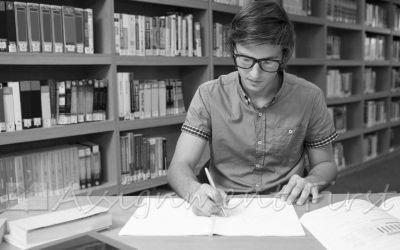本篇幫寫論文-攝影心理學原理講了如果我將來選擇成爲一名攝影師,這就意味着作爲一名畫家,我應該有能力理解自己的個人心理,並將其詮釋爲藝術。“一張圖片勝過千言萬語”這句話有助於表明一個人可以從一張正確拍攝的圖片中獲得的複雜性和恰當的分析。本篇幫寫論文文章由英國第一論文 Assignment First輔導網整理,供大家參考閱讀。
If I choose to become a photographer in future, this would imply that as a painter I should have the ability to understand my individual psychology and interpret it into art. The phrase, “A picture is worth a thousand of words” helps in indicating complexities and proper analysis that an individual can garner from a properly taken image. The feeling of joy, sadness, apprehension or fear can help informing the one viewing the image about the mind state or emotions of the person who has taken the photograph. An image has the ability of giving data on trends within fashion, decoration, documenting or architecture. However, in order to truly bring these feelings to life with the medium of art or its form, I think psychology is of extreme significance (Corsini, 1999). A psychology behind photo is a special field in psychology that helps in identifying and analysing the connection that lies between psychology and photography. The three photo psychology principles are used for tracing historical relationship between photography and psychology in order to identify previous photography related psychological application within research, its assessment and its therapy.
Furthermore, I strongly believe that when reading pictures, there are nine psychological mind sets that need to be focused upon in order to understand the relationship between psychology and photographer (Edie, 1987). These mind sets according to Morgovosky are inclusive of overcoming the reality illusion, rule of no accidents, associating freely, process of attribution, analysing themes, level of genre and skill as well as articulation level. In each of these mind sets, there are hidden implications that help in depicting the psychology of a photographer when developing a painting. Understanding such discrete mind sets in art is essential. Considering myself as an aspiring film maker, I believe the psychology of thought process of each character and the audience at target need to be properly aligned by me or else even the target groups will not be able to understand the meaning or implication by the film maker (Hakimi, 2004). On the other continuum’s end, lies the subject of abstract photographs and fine arts. The context in these images is not wholly relevant and the focus remains totally over work related visual aesthetics. As a matter of fact, an abstract photograph’s success depends wholly on the perspective. The abstract image has reference planes that are removed so far, that the viewer immediately cannot understand what the subject is. This can also imply that the image related contextual elements appear initially to have no connection to each other. Also, the common ground is not evident. In this case, psychology helps in solving the challenges of abstract photography for the viewer. Psychology in this case will help me in various ways to be a creative person. This will further imply that I will gain the ability to form art and its various elements such as photography and film making and even being an artist. Any image that has successful aesthetics is successful. A good example here is cinematic style and cinema which is an appropriate example to balance story, context and subject (Breuer et al, 1895). The reason here is simple, because in such situation, everything has a conscious option. A film maker by integrating photography knows how to control the viewer’s perception in a careful and subtle manner with our attention being on specific frame parts through virtue of frame, lights or colours. This becomes even more obvious if one tries to look at mistakes; but with the understanding of psychology, a film maker knows where to precisely draw the attention of the viewer.



